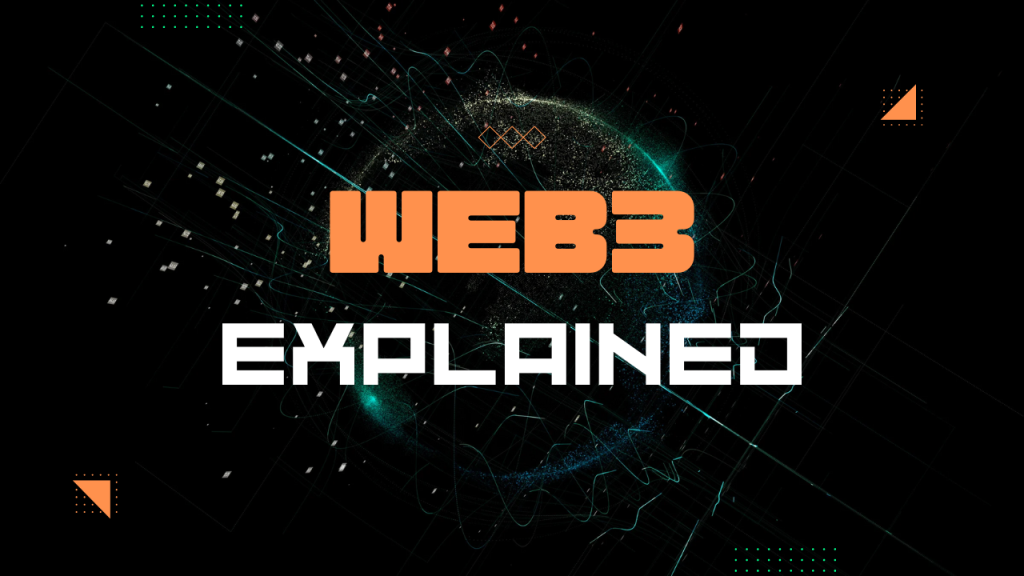Introduction
The internet is evolving — again. After the static websites of Web1 and the social networks of Web2, we’re now entering the era of Web3 — a decentralized internet powered by blockchain, smart contracts, and user ownership.
In 2025, Web3 is more than a buzzword — it’s a shift toward a transparent, secure, and user-centric web. But what exactly is Web3, and why does it matter? Let’s break it down.
What Is Web3?
Web3 refers to the next generation of the internet built on blockchain technology. Unlike Web2, where big tech companies control data and platforms, Web3 enables users to own their digital assets and identities directly.
Key Web3 principles include:
- Decentralization: No single authority owns the network.
- Transparency: Every transaction is recorded on the blockchain.
- Ownership: Users have control over their data and digital assets.
How Web3 Differs from Web2
| Feature | Web2 | Web3 |
|---|---|---|
| Control | Centralized (Big Tech) | Decentralized (Blockchain) |
| Data Ownership | Platform-controlled | User-controlled |
| Monetization | Ads and user data | Tokens and smart contracts |
| Security | Vulnerable to breaches | Blockchain-based security |
Core Technologies Behind Web3
- Blockchain: The foundation of Web3 — ensuring data immutability and transparency.
- Smart Contracts: Self-executing agreements that automate trust between parties.
- Cryptocurrency: Enables peer-to-peer payments and governance (like ETH, SOL, etc.).
- NFTs (Non-Fungible Tokens): Unique digital assets proving ownership of content or items.
- DAOs (Decentralized Autonomous Organizations): Community-driven organizations with no central control.
Benefits of Web3 for Users and Businesses
- True Ownership: Users own their data, wallets, and online identity.
- Better Privacy: No middlemen collecting personal information.
- New Earning Models: Creators and gamers can earn directly through tokens or NFTs.
- Transparency: Open-source and verifiable smart contracts.
Real-World Applications of Web3 (2025 Trends)
- Finance: DeFi (Decentralized Finance) apps like Uniswap and Aave.
- Gaming: Play-to-Earn platforms such as Axie Infinity and Sandbox.
- Social Media: Decentralized platforms like Lens Protocol and Farcaster.
- Digital Identity: Wallets like MetaMask and ENS (Ethereum Name Service).
Challenges of Web3
While Web3 is promising, it’s not perfect. Scalability, user experience, and regulatory issues remain major hurdles. However, as infrastructure evolves, these challenges are gradually being addressed.
The Future of Web3
By 2030, experts predict that Web3 will power most online ecosystems, from finance to social networks. The shift toward decentralization isn’t just technical — it’s philosophical. Web3 is about giving power back to the people.
Conclusion
Web3 isn’t a trend — it’s the foundation of the next internet revolution. As users demand more privacy, ownership, and transparency, the decentralized web will continue to grow. Whether you’re a developer, investor, or content creator, now is the time to explore Web3.


